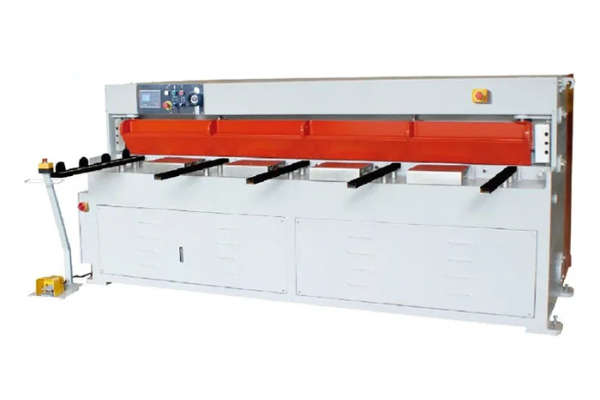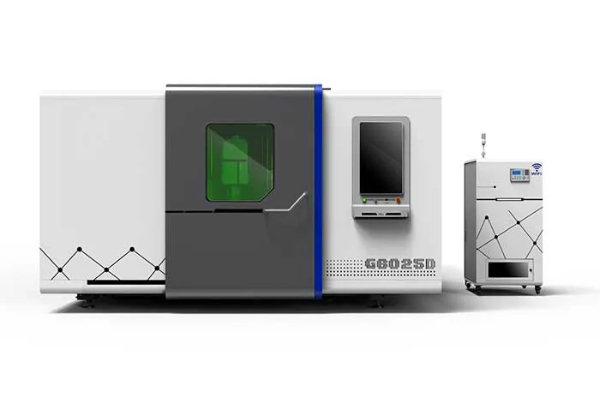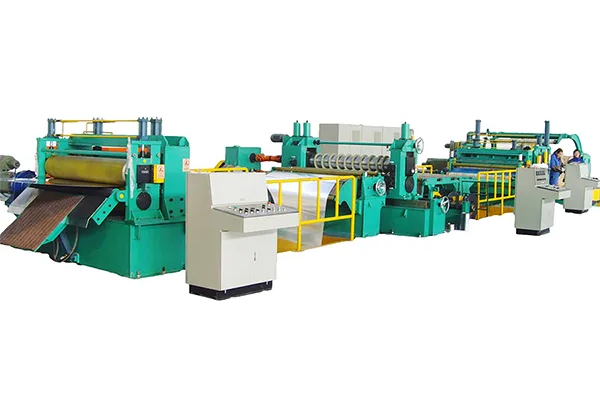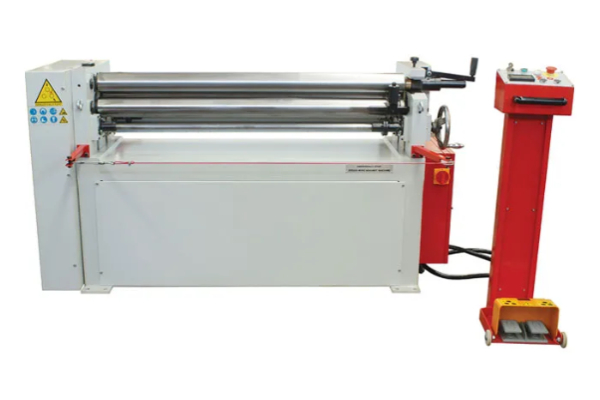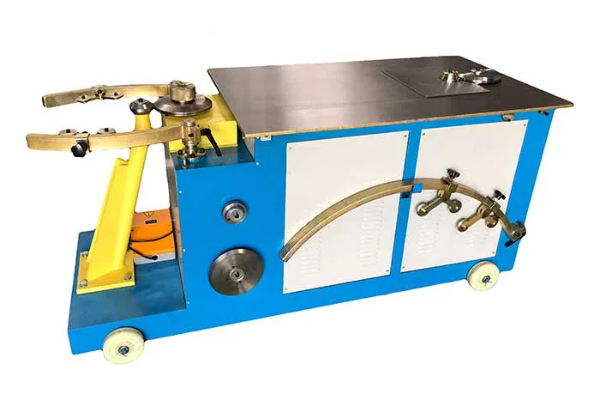
The Best Press Brake Bending Machines for Different Metal Types
- By:Metmac
- 2024-09-02
- 142
When it comes to metal fabrication, press brake bending machines are essential equipment for shaping metal sheets into precise angles and forms. However, different metal types require specific characteristics in press brake bending machines to achieve optimal results. Understanding these requirements is crucial for selecting the right machine for the job.
Selecting the Best Press Brake Bending Machine: Considerations
1. Material Thickness and Hardness
The thickness and hardness of the metal being bent determine the tonnage capacity required for the press brake bending machine. Thicker and harder metals require higher tonnage machines, while thinner and softer metals can be handled by lower tonnage machines.
2. Bend Radius and Angle
The desired bend radius and angle dictate the die selection for the machine. Smaller bend radii require specialized V-dies or gooseneck dies, while sharp bend angles may need special tooling or sophisticated control systems.
3. Metal Type Characteristics
Different metal types have unique properties that influence the bending process. For example, stainless steel requires higher bending forces due to its high strength, while aluminum is softer and requires less force. Understanding the specific characteristics of the metal being bent ensures optimal results.
Top Press Brake Bending Machines for Various Metal Types
1. Mild Steel
Tonnage Capacity: Moderate to high, typically ranging from 100 to 500 tons
Bend Radius: Varies depending on sheet thickness, but generally larger than 0.25 inches
Tooling: V-dies and gooseneck dies for standard bending operations
2. Stainless Steel
Tonnage Capacity: High, ranging from 300 to 1000 tons or more
Bend Radius: Precise control is critical; smaller bend radii may require custom tooling
Tooling: Specialized dies and bending beams designed for stainless steel’s high strength
3. Aluminum
Tonnage Capacity: Lower than for steel, typically ranging from 50 to 200 tons
Bend Radius: Smaller bend radii are possible due to aluminum’s softer nature
Tooling: Dedicated aluminum dies or modified tooling for optimal bending performance
4. Copper and Brass
Tonnage Capacity: Medium to low, ranging from 100 to 300 tons
Bend Radius: Typically larger than for other metals due to their malleability
Tooling: V-dies or U-dies for standard bending operations
Conclusion
Selecting the right press brake bending machine for different metal types is crucial for achieving precise and efficient bending results. By considering factors such as material thickness, hardness, bend radius, angle, and specific metal characteristics, manufacturers can choose the best machine that meets their specific fabrication needs.
-
Advanced Sheet Metal Rolling, Cutting, and Folding Machines for Efficient Fabrication
2025/10/22 -
High-Precision Sheet Metal Bending and Cutting Solutions for Modern Manufacturing
2025/10/22 -
High-Precision Solutions from Leading Sheet Metal Cutting Machine Manufacturers
2025/09/11 -
Reliable Sheet Metal Equipment for Sale to Support Precision Fabrication
2025/07/17
-
Advanced Sheet Metal Rolling, Laser Cutting, and Folding Machines for Precision Fabrication
2025/10/31 -
High-Performance Sheet Metal Bending and Cutting Machines for Modern Fabrication
2025/10/31 -
High-Quality Sheet Metal Equipment for Sale: Efficient Solutions for Modern Manufacturing
2025/10/31 -
High-Performance Sheet Metal Equipment for Sale: Forming and Shearing Solutions for Modern Fabrication
2025/10/22
-
A Guide to the Latest Innovations in Sheet Metal Folding Machines
2024/11/29 -
Key Features to Consider When Investing in a Sheet Metal Folding Machine
2024/11/28 -
Enhancing Precision with Advanced Sheet Metal Folding Machines
2024/11/27 -
How to Choose the Right Sheet Metal Folding Machine for Your Workshop
2024/11/26

